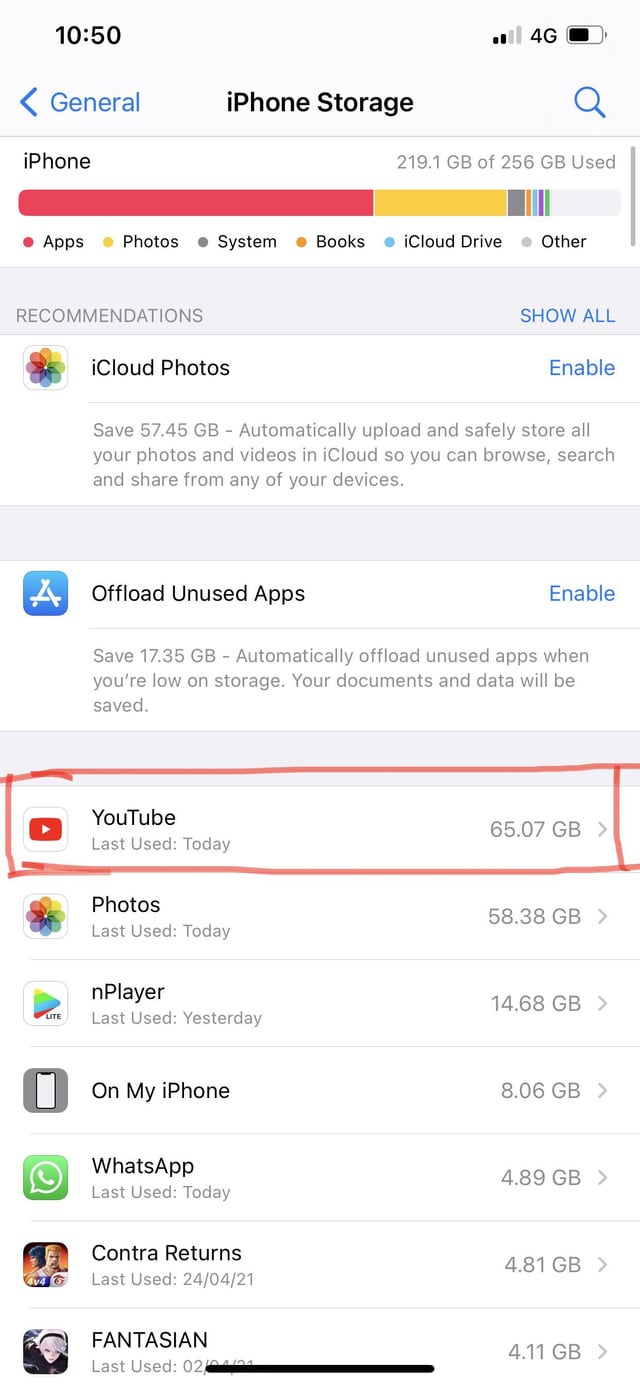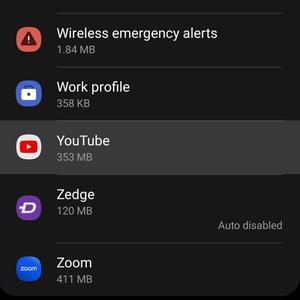YouTube is a powerhouse of video content, and with that comes significant storage demands. When you think about it, the sheer volume of videos uploaded daily is mind-boggling. As of 2023, more than 500 hours of video are uploaded to YouTube every minute! So, why does this require so much storage? Let’s break it down.
First, YouTube employs various video resolutions and formats. Higher resolutions, such as 4K and 8K, deliver stunning visuals but also demand much more data. For instance, a 4K video can take up to 375 MB per minute, while a standard HD video can consume around 60 MB per minute. This discrepancy is crucial:
- Standard Definition (SD): Approximately 500 MB per hour
- High Definition (HD): About 2.5 GB per hour
- 4K Ultra HD: Up to 15 GB per hour
Additionally, YouTube uses advanced video compression technologies, meaning that even though videos take up a lot of space, they are optimized for streaming. Still, users need to consider that downloading or storing them locally can quickly eat up their device's storage. Managing this storage is essential for users who regularly download videos for offline viewing or who create their own content.
Factors Contributing to High Storage Consumption

Several factors contribute to why YouTube can consume so much storage space, especially when it comes to our devices. Understanding these elements can help you manage your storage better. Let’s dive into some key points:
- Video Quality Settings: The quality you choose for watching videos directly affects storage. Higher quality means larger file sizes. For example:
- Offline Downloads: When you download videos for offline viewing, they are stored on your device. This is convenient, but it can quickly fill up your storage if you're not careful. Think about only downloading what you really need.
- Cache Accumulation: YouTube and other apps often cache content to improve loading times. Over time, this cache can build up, taking up significant storage. Clearing your cache regularly can help manage this.
- User-generated Content: If you create your own videos, the raw files can be hefty. Editing software often requires high-resolution files, and these can consume enormous amounts of space before you even render your final product.
| Quality | File Size (per hour) |
|---|---|
| 144p | 30 MB |
| 720p | 1.5 GB |
| 1080p | 3 GB |
| 4K | 15 GB |
By being aware of these factors, you can make more informed choices about your storage and how to manage it effectively, ensuring you never run out when you need it most!
Also Read This: How to Disconnect YouTube from Your TV Using Your Phone in Simple Steps
Tips to Manage YouTube Storage Usage

Managing YouTube storage usage can seem daunting, especially with all the videos we watch, download, and create. Here are some practical tips to help you keep your storage in check:
- Clear Your Watch History: Regularly deleting videos from your watch history can reduce the amount of data YouTube stores. Navigate to your account settings and find the option to clear your watch history.
- Limit Downloads: If you download videos for offline viewing, be selective about what you download. Keep only the videos you truly need, and regularly delete ones you’ve already watched.
- Reduce Quality: Streaming videos in lower quality can save storage space. Adjust your playback settings to default to 480p or lower, especially when using mobile data.
- Unsubscribe from Unwanted Channels: Unsubscribing from channels you no longer watch can help reduce clutter and notifications. This way, you won’t be tempted to click on every new video, which can lead to more storage use.
- Regularly Clean Up Downloads: Set a reminder to periodically check your download folder. Delete any old videos that you no longer need to keep.
By following these tips, you can effectively manage your YouTube storage usage and keep your device running smoothly.
Also Read This: Can I Upload MOV to YouTube? Understanding File Compatibility
Utilizing Settings to Optimize Storage

Did you know that YouTube has several settings that can help you optimize your storage usage? Let’s explore some of them:
| Setting | Description |
|---|---|
| Playback Quality Settings | Adjusting playback quality can save storage space. Set it to a lower quality (like 360p) for mobile data usage. |
| Auto-Delete Options | You can set YouTube to automatically delete your watch history or downloaded videos after a certain period. |
| Data Saver Mode | This mode reduces video quality on mobile to save data and storage. Enable it in the app settings. |
Optimizing these settings allows you to enjoy YouTube without worrying about excessive storage consumption. Take a few moments to explore these options—they can make a big difference!
Also Read This: Using YouTube Premium Across Multiple Devices: What You Need to Know
5. Alternatives to Reduce Storage Impact
If you’re feeling the pinch of limited storage space due to YouTube, don’t worry! There are several alternatives and strategies you can adopt to minimize the impact on your device's storage. Here are some effective ways:
- Stream Instead of Download: One of the simplest solutions is to stream videos instead of downloading them. You can watch them online without taking up storage. Just make sure you have a reliable internet connection.
- Clear Cache Regularly: YouTube apps store cache data to help load videos faster. Regularly clearing this cache can free up significant space. Go to your app settings, find YouTube, and clear the cache.
- Adjust Video Quality: Lowering the quality of the videos you watch can reduce the data stored on your device. Try watching videos in 480p instead of 1080p; it uses less space without compromising too much on viewing experience.
- Use YouTube Go: If you’re in a region where it’s available, try YouTube Go. This app is designed for low data usage and allows you to download videos for offline viewing in a smaller size.
- Delete Unused Downloads: If you’ve downloaded videos for offline viewing, remember to delete them after watching. This helps to keep your storage lean and clutter-free.
6. Conclusion and Best Practices
Managing YouTube's storage consumption doesn’t have to be a daunting task. By understanding how the app operates and implementing some smart strategies, you can enjoy your favorite content without sacrificing precious storage space. Here are some best practices to keep in mind:
- Regular Maintenance: Set a reminder to clear your cache and delete unneeded downloads on a weekly or monthly basis.
- Be Mindful of Downloads: Think twice before downloading videos. Only save those you truly want to watch later.
- Monitor Storage: Keep an eye on your device's storage settings. This will give you a clear picture of how much space YouTube is consuming.
- Use Alternatives Wisely: Explore lighter apps like YouTube Go or consider using a web browser for streaming instead of the app.
By following these practices, you can strike a balance between enjoying YouTube and managing your storage effectively. Happy watching!
 admin
admin








